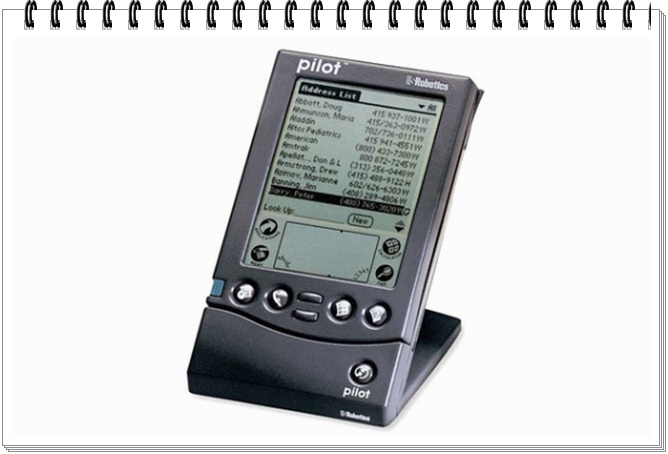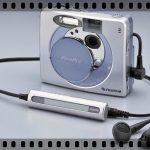
By Jae-Ha Kim
Chicago Sun-Times
February 27, 2001
John V. Moore’s life fell apart when he lost something very precious: His electronic organizer.
“I found myself carrying Post-it notes, business cards and napkins in my wallet,” says the Hyde Park resident. “When I needed a number, I would just dump out the contents of my wallet.”
Moore, a Columbia College marketing teacher, felt like George on “Seinfeld,” who carted everything around in a bulging wallet. Looks aside, Moore’s lack of organization put a considerable cramp in his social life.
“I was always misplacing numbers, missing appointments and just plain forgetting things,” Moore says. “There is a young lady who has given me her number twice, and I lost it both times. She refuses to give it to me a third time.”
Like the 10 million people who have snapped up personal digital assistants (PDAs), Moore needed to organize his life, and he needed to do it without paper products being involved.
“Some people prefer to use an agenda book or aren’t comfortable with techy devices,” says Bill Dyszel, author of Palm for Dummies and Handspring Visor for Dummies (Hungry Minds, $21.99 and $19.99, respectively). “These organizers are the wave of the future because they’re small, store a lot of data, are affordable and can be backed up on your home computer. They’re a lot more secure than your paper datebook because if you lose that, your information is gone.”
Like the person who wants to climb the mountain because it’s there, many PDA users feel compelled to input as much information as possible just because they can. Dorothy Chin says her Handspring Visor includes data on the 375 contacts she needs for her consulting business. It also includes information on restaurants around the country, something she didn’t have access to when she used a Day-Timer.
“People adapt to what they have access to,” says Chin, 30, of Winthrop Harbor. “I had heard the Visor was incredibly convenient, but I was hesitant about getting one because I didn’t want to learn the writing style you have to know to input information manually. Once I got used to it, I really liked it.”
Ah, yes. The writing style. A quick look-see at both the Palm and the Handspring Visor prove this to be an act in futility at first. You must learn to write with a stylus, using block letters that look like shorthand (called Graffiti). If you don’t master it, you won’t be able to decipher your data.
Note to newbies: Devote time to learn how to (a) install the software and (b) write so your organizer can differentiate an “e” from a “5.” The secret is you can’t pick up the pen while you’re making a stroke, and you’ll be writing some letters backward and in other ways you’re not accustomed to. So while accessing addresses and phone numbers is a breeze, it’s slower to input handwritten notes into the PDA than into an old-school agenda.
Not that Moore minds. He’s traded in his bulging wallet for a slim, new PalmPilot.
“I now back up my data twice a day. The fact that I can carry my entire life around in my breast pocket just makes me feel so complete,” he says.





